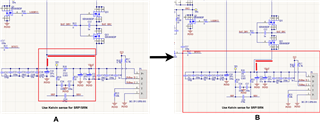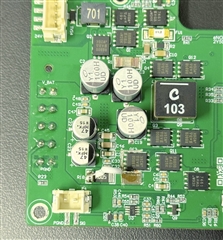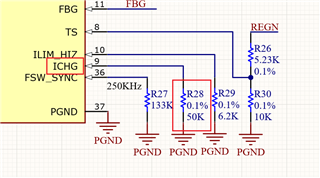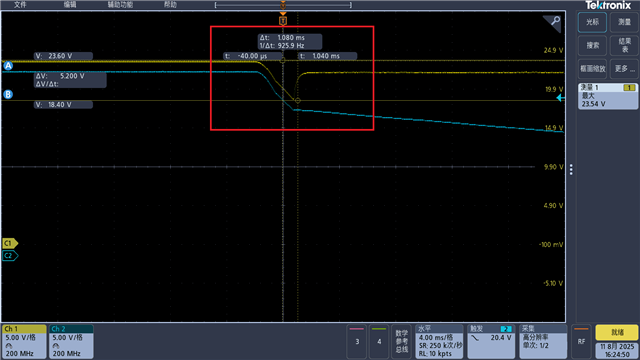Tool/software:
Hello, when I was using the BQ25750, the path could not be switched under load conditions. I found the relevant solution from the previous forum, which stated that the BATFET should be connected to the SRP side of the resistor. When used in this way, the path switching is fine. However, the charging current is different from the set value. When the setting is 1A, it is only around 500mA. What should I do in this situation? Can the resistor be removed directly? Or are there any other solutions?





